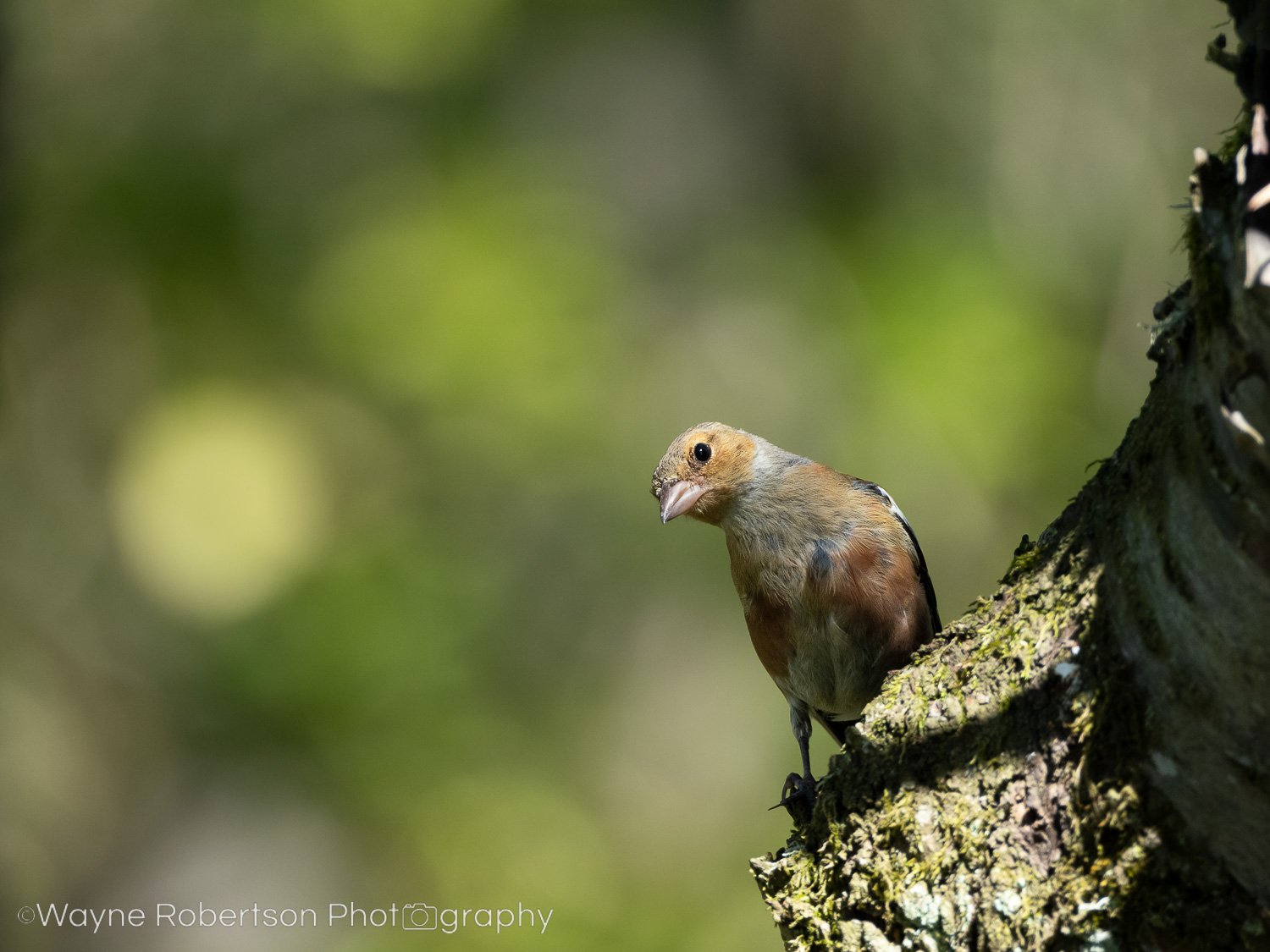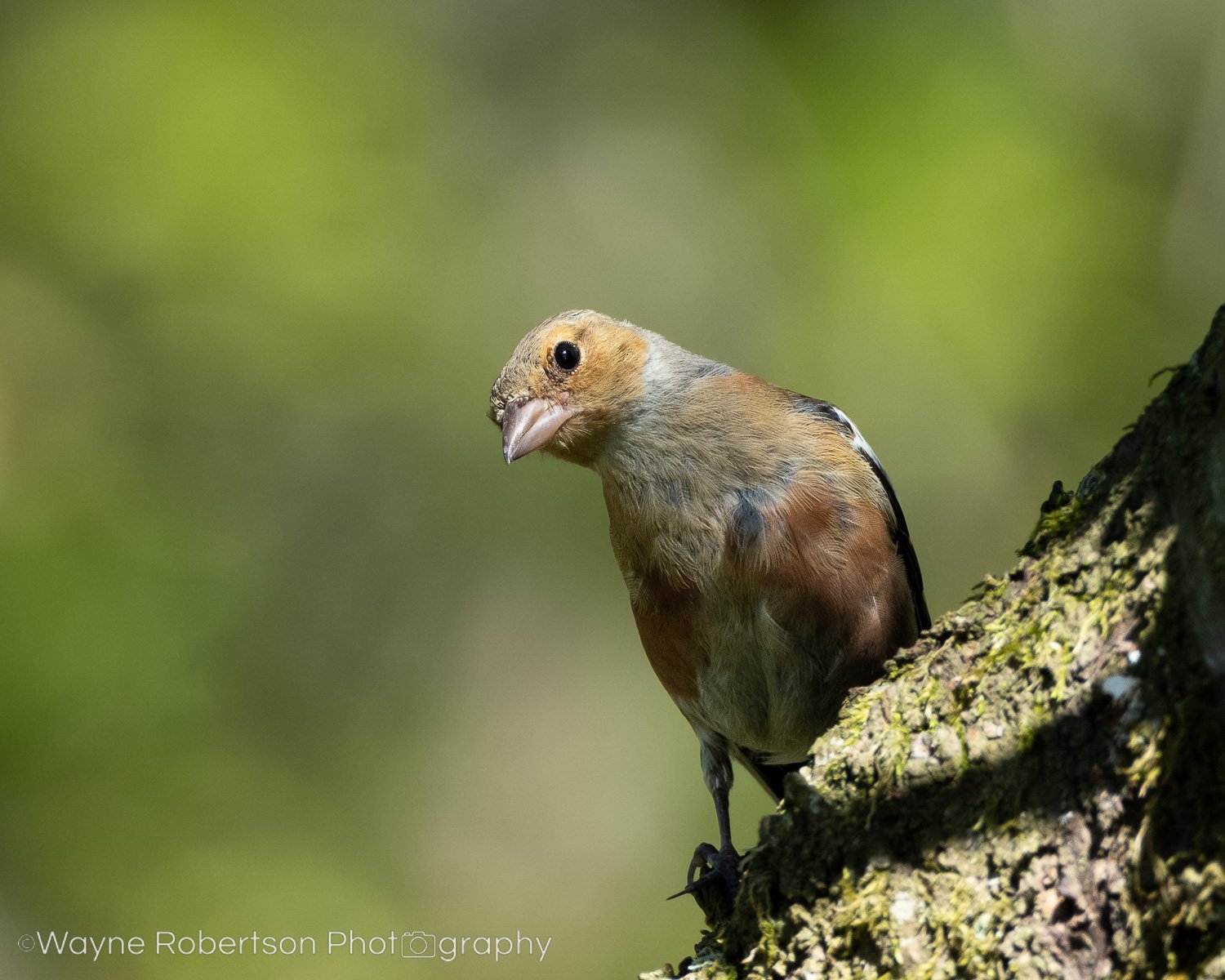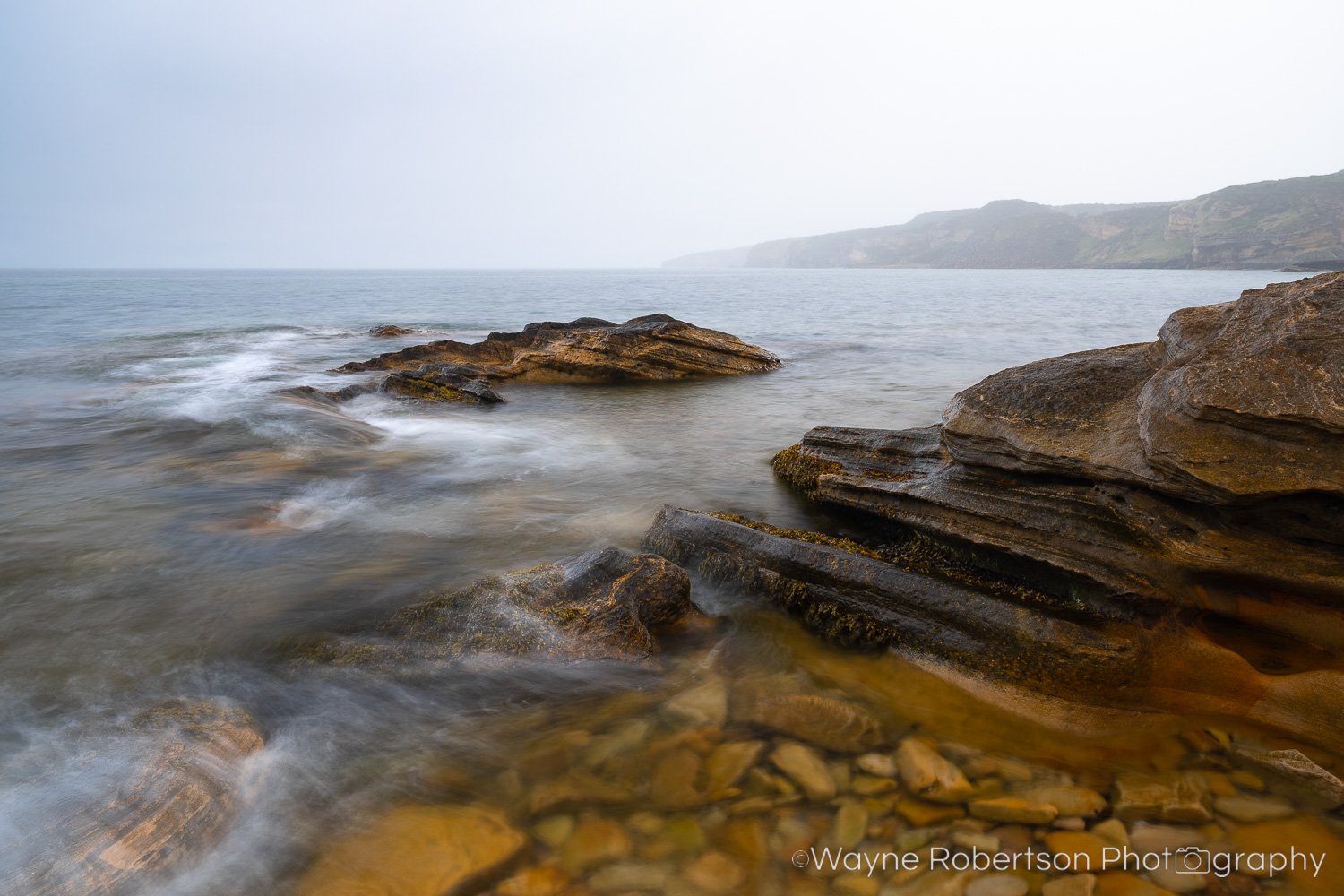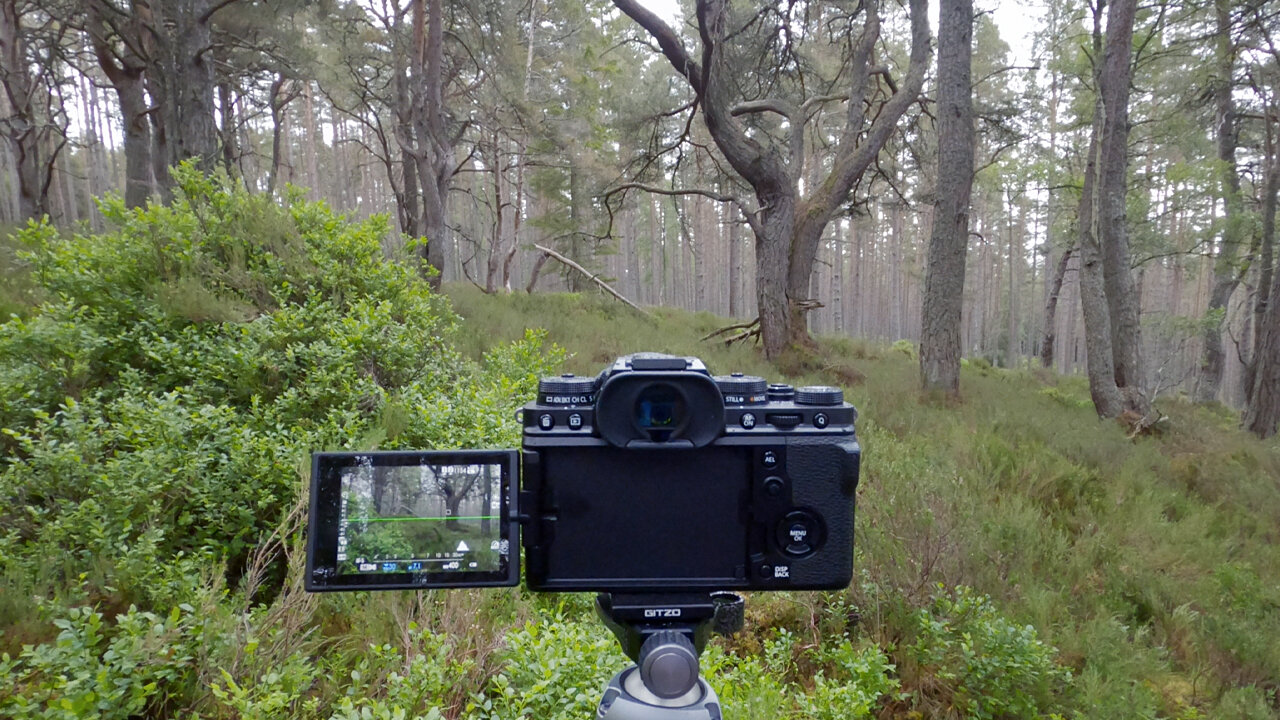I’ve just posted a video on my YouTube channel giving my thoughts after my first four months of using the Nikon Z8 for wildlife photography. In that video I discuss how the camera has performed in partnership with the Z 100-400mm f/4.5-5.6 VR S lens and Z 1.4X teleconverter. The video shows 88 photographs that I captured during the aforementioned period during which I was running workshops, busy with my own photography and enjoying spending time getting familiar with my new Nikon equipment. I am writing this article in addition to that video so there is merit in reading this and watching my video which you can find here.
A curious Red Squirrel takes a look. Captured on Nikon Z8.
When it comes to wildlife photography, changing to a new camera which you are unfamiliar with can be both exciting and daunting. Today’s cameras are incredibly complex devices and share so much with computers. There is enjoyment in learning your new camera but if you are busy and need to use your camera for work it can add some pressure. The Nikon Z8, like all other modern cameras, has so many menu options and settings but fortunately I found them intuitive to learn. I soon got the camera configured how I wanted it and made some small refinements to that over time. Now I can operate it on autopilot and this is very important when wildlife photography often demands a quick response. It stood out to me just how customisable the Nikon Z8 is and it allowed me to configure my camera just how I want it for photographing wildlife. There is only one minor change I would make to the design of the camera and I discuss that in detail in my YouTube video which is linked at the beginning of this article. Overall I consider the Z8 to be a very well designed camera.
A beautiful Robin on a frosty winter’s day. Captured on Nikon Z8.
When it comes to choosing a camera for wildlife photography autofocus is often a main topic of discussion and rightly so. Being able to rely on your camera’s autofocus system is extremely important but I must stress that no camera will offer the perfect infallible autofocus system. I have been quite impressed with the Z8 autofocus and I regard it as being very reliable in most situations. What I really like about the Z8 AF is that it offers many AF options such as a variety of AF Area Modes and also bird and animal subject detection. I’ve found the subject detection to be very impressive but it is vital to know when and when not to use it - don’t expect it to find a Wren in a dark bush half a mile away! Not every mode or option will work perfectly regardless of situation and it is up to the photographer to know what to use and when. If a certain mode or option isn’t working as well as I’d hoped then I am able to switch options to something that I know will work better. In short I feel that if I don’t get the photo that I want it is not the fault of the camera but rather it’s my fault as the photographer.
A Dunnock on a favourite perch. Captured on Nikon Z8.
I have found the Nikon Z 100-400mm lens to be a very worthwhile purchase for my wildlife photography. It has helped me capture a wide variety of images and in some situations the ability to zoom has proved invaluable. The image quality that this lens helps provide is excellent and overall I can’t fault it. I personally find it to be reasonably light in weight and when combined with the Z8 it is a setup that I can use all day, even on longer hikes, without difficulty. The best focal length for wildlife photography is an often debated topic and one to which there cannot possibly be one correct answer. I’ll discuss the Z 1.4 TC shortly but for my own needs this lens, with the option of adding the TC, provides a very versatile setup. I’ve mentioned in some of my YouTube videos that when I was sure I was happy with the Nikon equipment as a whole it would be my intention to add to my kit a lens offering a longer focal length and that is something that I will do in the future. Whatever that lens may be I will always have situations where this one will be the correct tool for the job.
A quick note as promised on the Z 1.4X Teleconverter. I am very glad that I purchased this TC and if the situation is right and I have time, I will use it without hesitation. Any hit to image quality or AF performance is minimal at best; it is just a case of being aware of changes to aperture and potentially ISO and knowing when and when not to use it. I am aware there is much debate about cropping versus using a TC but I think what I have just said is the best and quickest way to summarise my views.
A Crested Tit poses showing its beautiful feathers. Captured on Nikon Z8.
To summarise my thoughts and experiences of using the Nikon Z8 over the last four months - I am very happy. I think it has been a great choice for me and how I approach wildlife photography and it is definitely a camera that I am happy to work with. Image quality, resolution, design ergonomics, AF, lens choice… These and more are all important considerations for me and I feel quite at home with the Z8. I must stress that although I don’t have access to all the latest camera models from all manufacturers I feel confident in saying that cameras in this price range should all be competent for wildlife photography. There will be fairly small differences here and there, there will be reasons we opt for one camera versus another, but I feel happy with my choice and spending my own money on the gear that I have mentioned in this article.
I hope you have enjoyed reading this article. It was not intended to be a full review but I feel in partnership with my YouTube video it has covered some of the areas that are most important to me. I do hope that you enjoy seeing some of the photographs in my video as well. Best wishes, Wayne.


































